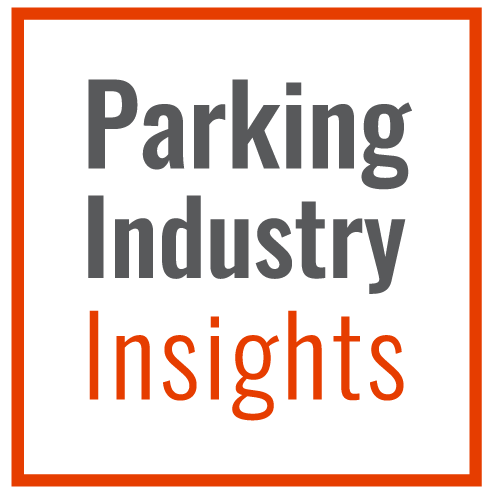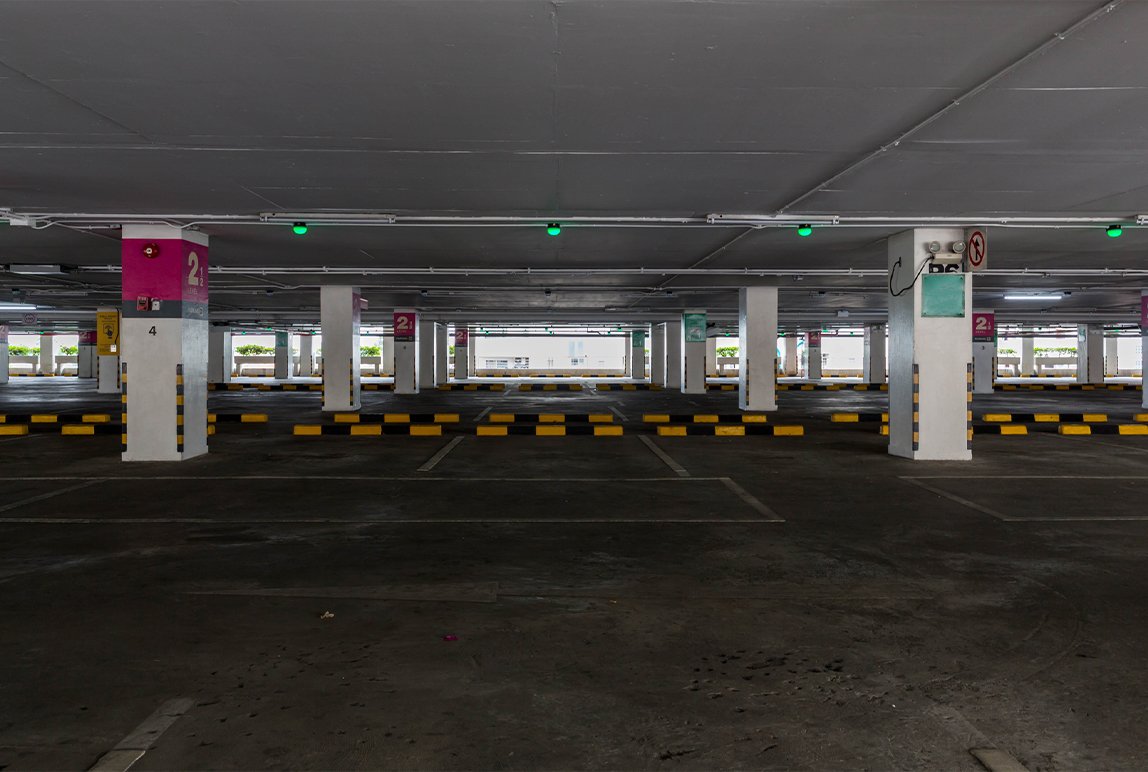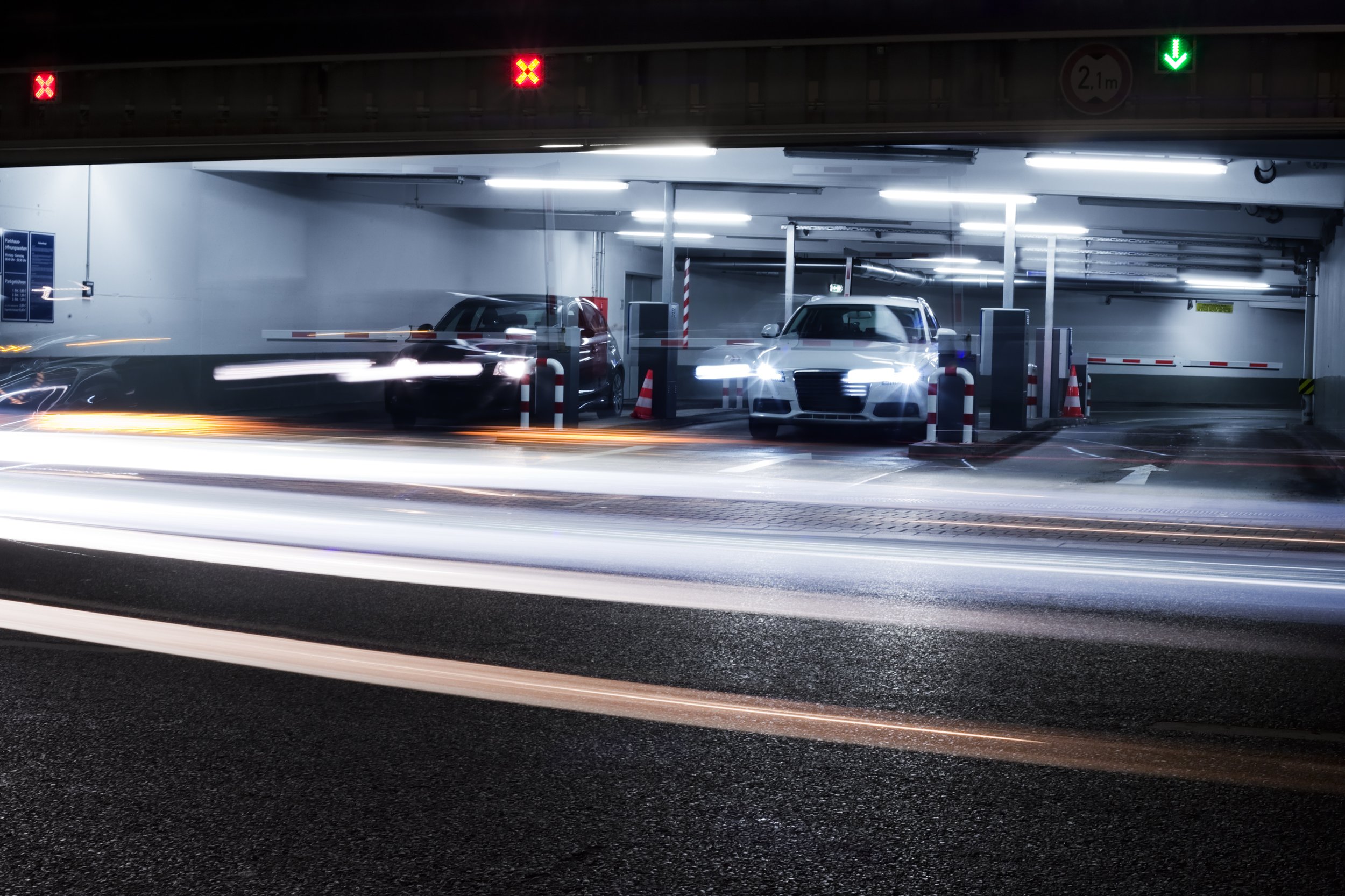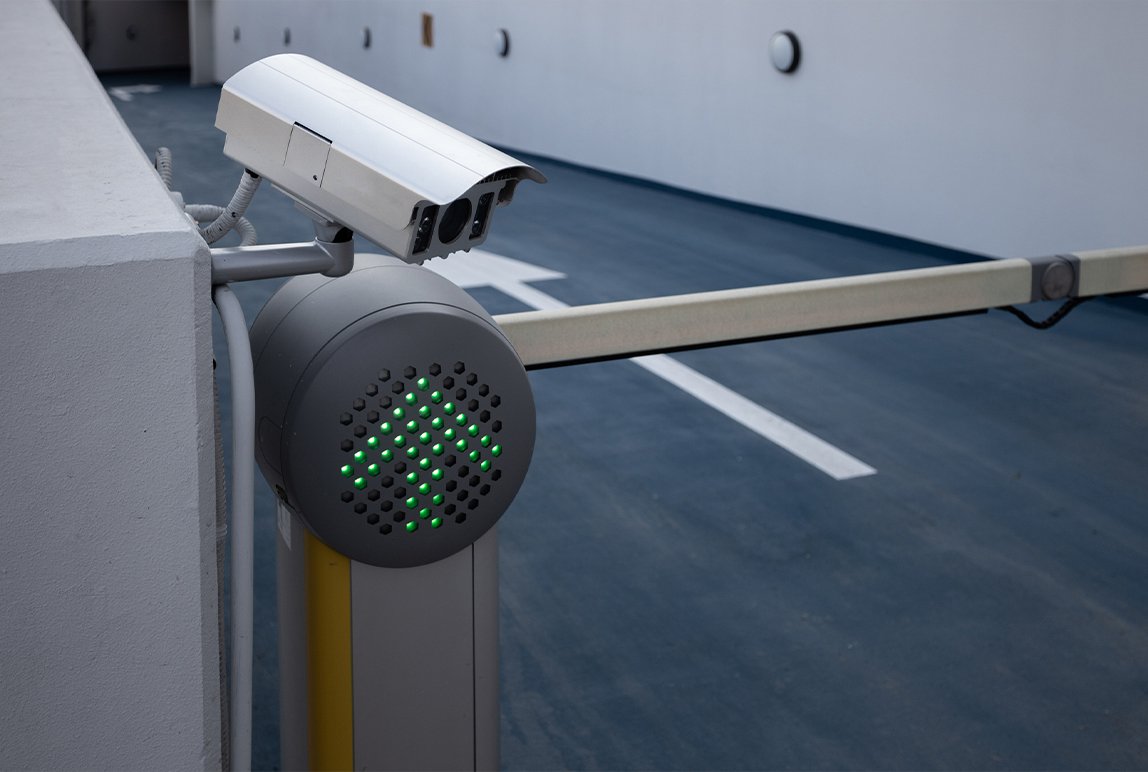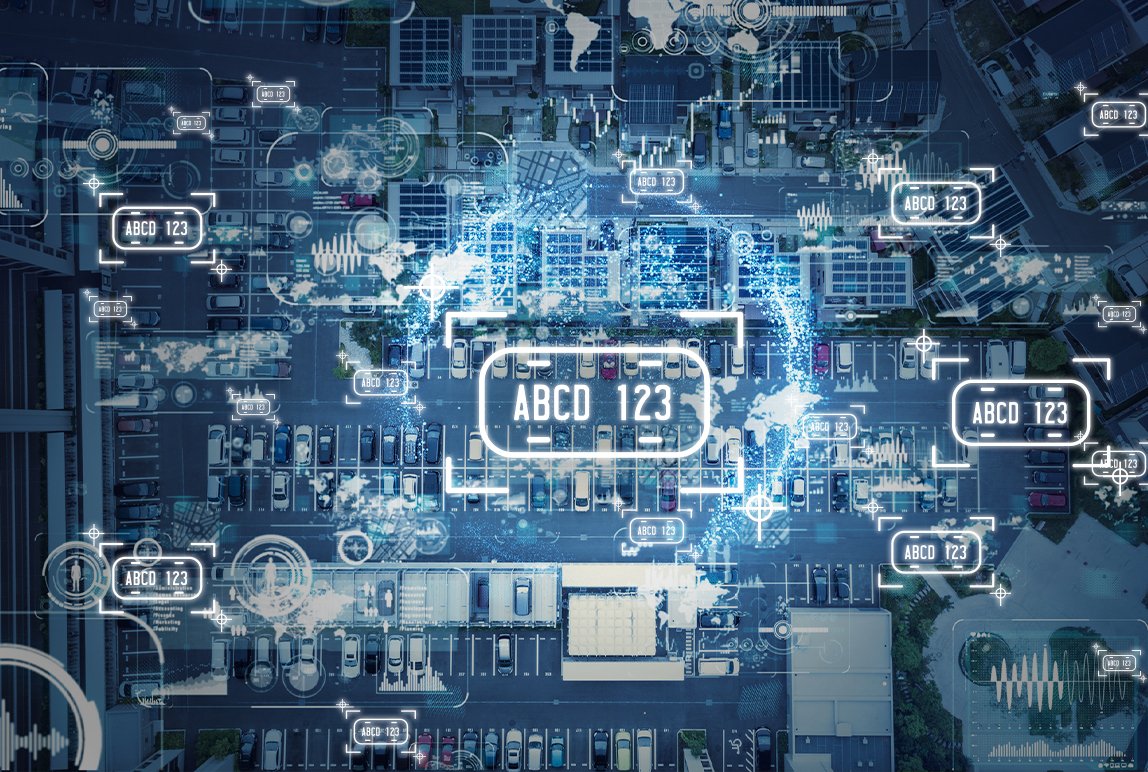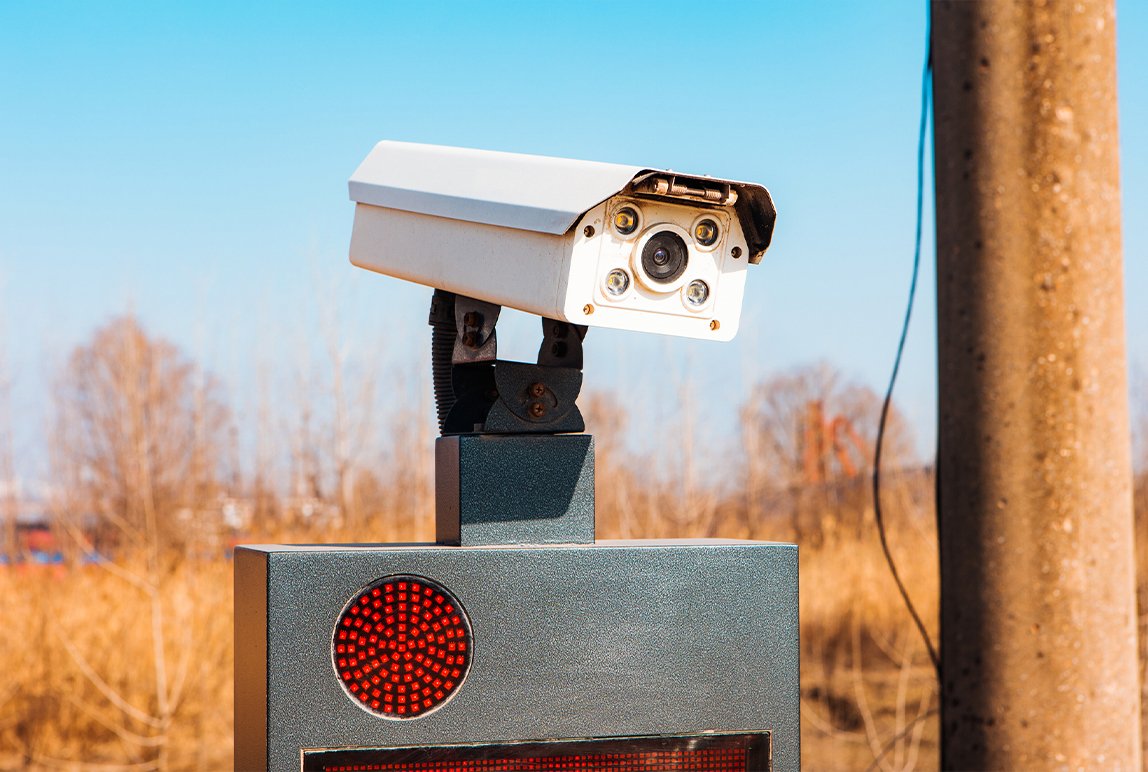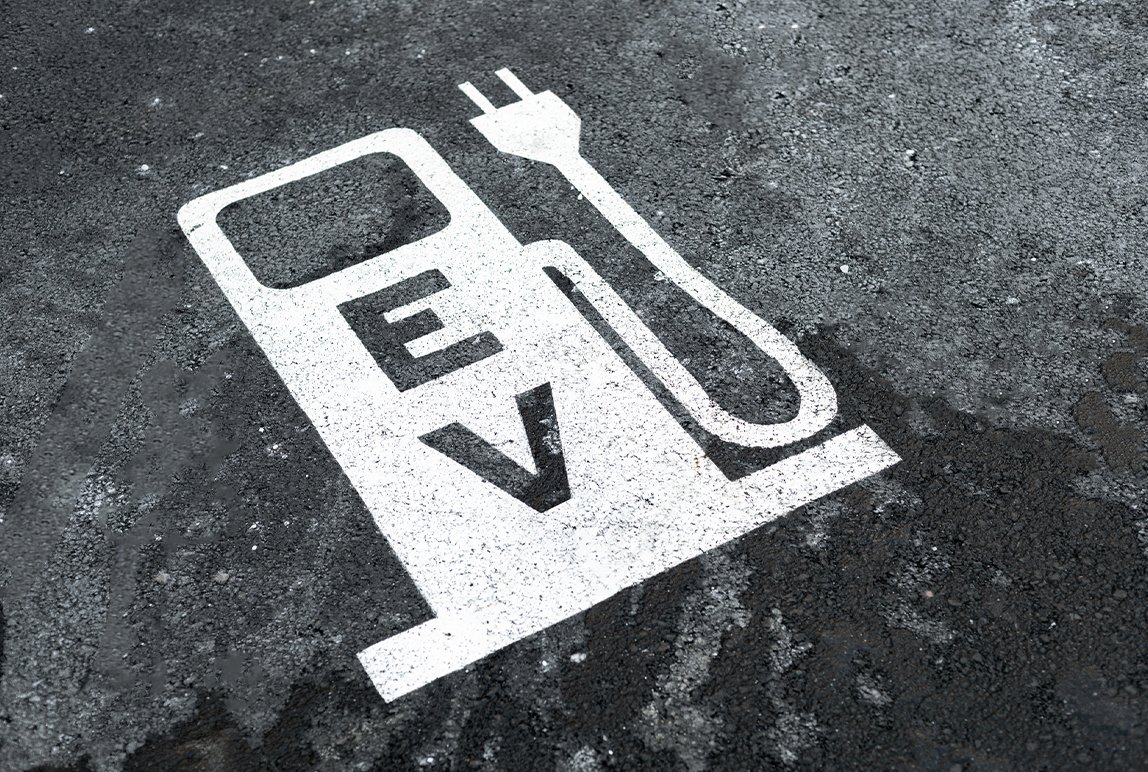Optical Character Recognition vs. Computer Vision: What’s the Difference?
Posted: Mar, 19, 2024 3:14 PM ET • 2 min read
From parking to law enforcement, Automatic license plate recognition (ALPR) is revolutionizing how industries track and manage vehicles. ALPR leverages optical character recognition (OCR) and computer vision to efficiently identify vehicle license plates. In the parking and mobility industry, ALPR streamlines operations by automating vehicle access, payment processing, and monitoring.
Learn more about the differences between OCR and computer vision and how they contribute to ALPR technology below.
The Algorithms Behind ALPR
Optical Character Recognition (OCR)
OCR is a technology that converts images of text into machine-readable forms of data, enabling fast and efficient processing. It uses a combination of hardware and software, often enhanced with Artificial Intelligence (AI), to extract and process text from scanned images.
OCR plays a critical role in parking facilities equipped with ALPR technology. It verifies license plates for entry and exit, streamlining access control and payment enforcement. Even if an image is slightly distorted or obscured, advanced OCR algorithms can recognize and validate the plate using preprocessing and text recognition. This capability greatly improves efficiency, leading to seamless parking experience for customers.
Computer Vision
Computer vision is another key algorithm used in the ALPR process. Unlike OCR, which focuses solely on text, computer vision enables AI to interpret and and analyze images and videos. One of its most powerful features is real-time video analysis, allowing parking facilities to automate multiple tasks, such as monitoring lot occupancy, detecting parking violations, and enhancing security.
Computer vision transforms parking management by identifying suspicious activity, tracking space availability in real time, and improving overall space utilization. These capabilities not only optimize parking operations but also enhance customer satisfaction and safety.
Key Differences Between OCR and Computer Vision
A major differentiator between the two algorithms is their scope of function.
OCR specializes in text recognition, making it ideal for structured data such as license plates.
Computer vision processes images and videos, allowing it to analyze physical objects and behaviors beyond text.
OCR is highly accurate when dealing with text-based tasks, whereas computer vision requires more processing power to manage dynamic environments.
OCR cannot detect illegal parking, while computer vision can identify violations and alert systems to suspicious activity.
By integrating OCR and computer vision, ALPR systems enhance parking operations, making them more efficient, secure, and user-friendly. With these technologies, parking facility managers can optimize processes, improve enforcement, and provide a seamless experience for customers.
References
Donatucci, A. (2024, March 18). Enforcement technology: Automatic licence plate recognition - precise ParkLink: Parking management services. Precise ParkLink | Parking Management Services. https://www.preciseparklink.com/news/enforcement-technology-automatic-license-plate-recognition-4ztn8
What is Computer Vision?. IBM. (2025, February 3). https://www.ibm.com/think/topics/computer-vision
What is optical character recognition (OCR)?. IBM. (2024, December 19). https://www.ibm.com/think/topics/optical-character-recognition
Share Article:
Featured Articles
ABOUT THE AUTHOR
Khalid Iqbal
Khalid leverages his project management and implementation experience to support our healthcare clients in the day-to-day operations of their sites. Since joining Precise ParkLink in 2011, he’s worked as a site manager and later as an area manager before, in 2016, being promoted to his current role of client relations manager. In this role, he uses his extensive experience with healthcare operations to train, develop, and schedule staff to meet the unique challenges that hospitals present.
He brings with him a strong background in technology and engineering, beginning his career as an electronic technician in the airline industry before completing an MBA and moving into management roles. And as a active volunteer with the Mississauga Food Bank, Khalid demonstrates that his professional values of taking on new challenges and providing customer-oriented service are simply extensions of his personal values of putting people first and solving any problem he can.
Questions?
Fill out the form below and we will do our best to connect you with a suitable contact.
